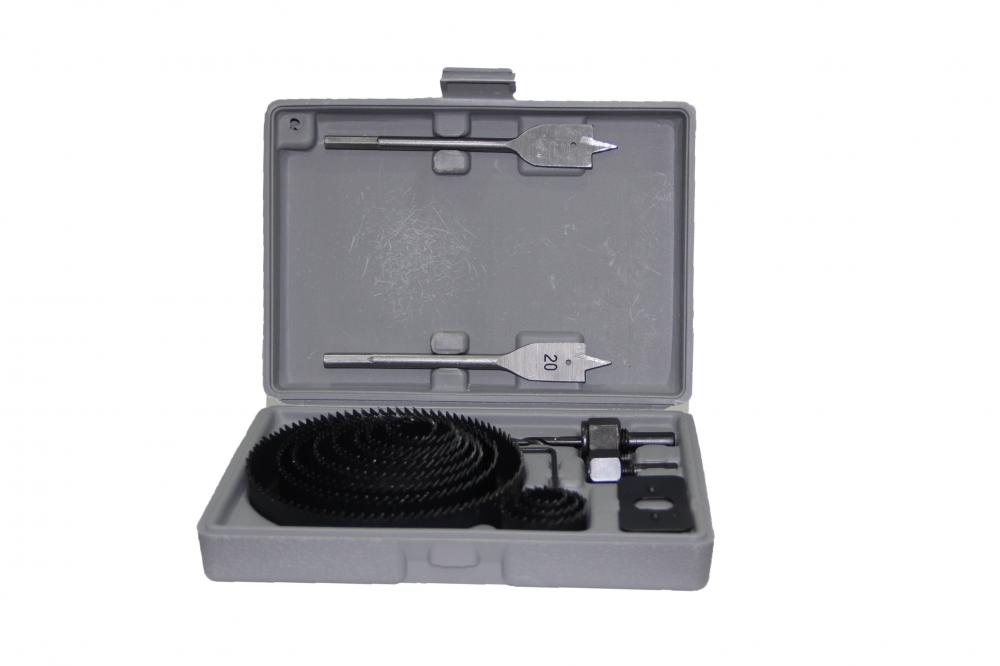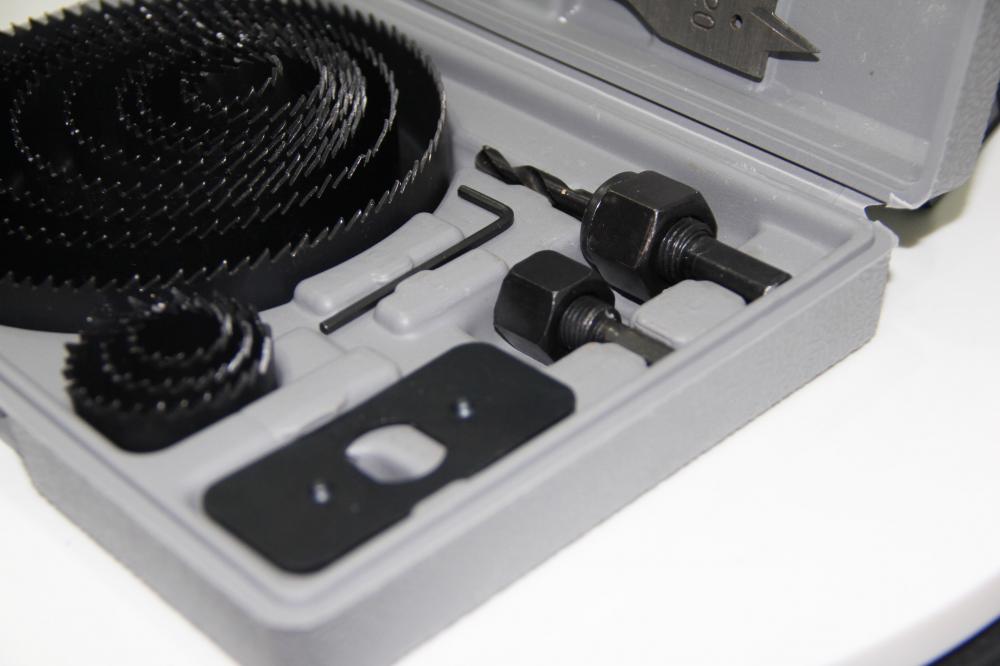The ultrasonic cleaning machine is mainly composed of an ultrasonic cleaning tank and an ultrasonic generator. The ultrasonic cleaning tank is made of high-quality stainless steel with strong elasticity and corrosion resistance. The ultrasonic transducer vibrator is installed at the bottom; the ultrasonic generator generates high-frequency high-voltage, which is transmitted to the transducer through the cable coupling line, and the transducer is combined with the vibration plate. The high frequency resonance is generated, so that the solvent in the cleaning tank is subjected to ultrasonic waves to wash the dirt. Edit the characteristics of this section of ultrasonic cleaning 1. Good cleaning effect, high cleanliness and consistent cleanliness of all workpieces 2, the cleaning speed is fast, the production efficiency is improved, no need to touch the cleaning liquid by hand, the safe and reliable ultrasonic cleaning machine 3, the deep hole, the slit and the hidden part of the workpiece can also be cleaned. 4. No damage to the surface of the workpiece, saving solvent, heat, work site and labor. Ultrasonic cleaning method is more than the general cleaning method, especially the surface of the workpiece is more complicated. Some mechanical parts with uneven surface and blind holes, some products with special requirements for cleanliness such as watches and precision machinery. Parts, electronic components, circuit board components, etc., can achieve very good results by ultrasonic cleaning. Ultrasonic cleaning process and selection of cleaning solution Before purchasing the cleaning system, the following application analysis should be performed on the parts to be cleaned: 1. Identify the composition, structure and quantity of materials to be washed; 2. Analyze and identify the contaminants to be removed; 3. Decide which cleaning method to use, determine whether to apply the aqueous cleaning solution or solvent, and finally do the cleaning experiment. Only in this way can a proper cleaning system, a well-designed cleaning process and a cleaning solution be provided. Chemical choice Considering the influence of the physical properties of the cleaning solution on ultrasonic cleaning, the vapor pressure, surface tension, viscosity and density should be the most significant factors. Temperature can affect these factors, so it also affects the efficiency of cavitation. Any cleaning system must use a cleaning fluid. Aqueous systems typically consist of open channels in which the workpiece is submerged. A complex system consists of multiple tanks with a circulation filtration system, a shower tank, a drying tank, and other accessories. For the system using the solvent, it is mostly an ultrasonic vapor phase degreasing cleaning machine, which is often equipped with a waste liquid continuous recovery device. The ultrasonic vapor phase cleaning process is accomplished by an integrated multi-slot system consisting of a solvent evaporation tank and an ultrasonic immersion tank. Oil, grease, wax, and other solvent-soluble soils are removed by the action of hot solvent vapor and ultrasonic agitation. After a series of cleaning processes, the workpieces that are unloaded are heated, cleaned, and dried. When choosing a cleaning solution, there are three factors to consider: 1. Cleaning efficiency: When selecting the most effective cleaning solvent, be sure to experiment. If ultrasound is introduced into an existing cleaning process, the solvent used generally does not have to be changed; 2. Simple operation: the liquid used should be safe and non-toxic, easy to operate and long in service life; 3. Cost: The cost of using the cheapest cleaning solvent is not necessarily the lowest. The cleaning efficiency and safety of the solvent, the amount of solvent that can be cleaned, and the highest utilization rate of the workpiece must be taken into consideration. Of course, the cleaning solvent chosen must achieve a cleaning effect and should be compatible with the material being cleaned. Water is the most common cleaning solution, so the system using water-based solution is easy to operate, low in cost, and widely used. However, for certain materials and dirt, etc., which are not suitable for aqueous solutions, there are many solvents to choose from. Cleaning parts processing Another consideration for ultrasonic cleaning is the design of the upper and lower materials of the cleaning member or the tooling in which the cleaning member is placed. When the cleaning parts are in the ultrasonic cleaning tank, the cleaning parts and the cleaning basket must not touch the bottom of the tank. The total cross-sectional area of ​​the cleaning member should not exceed 70% of the cross-sectional area of ​​the ultrasonic bath. Rubber and non-rigid plastics absorb ultrasonic energy, so care should be taken when using such materials for tooling. Insulating cleaning parts should also be given special attention. The Tool basket is not designed properly, or the workpiece is too heavy, even though the efficiency of the best ultrasonic cleaning system is greatly reduced. Any material, if the mesh is above 50 mesh, exhibits physical properties for the ultrasound and reflects the ultrasound back. When the mesh is larger than 1/4 inch, the performance of the open material is exhibited for the ultrasonic wave. Hooks, shelves and beakers can be used to support the cleaning parts. Technical Parameters Ultrasonic frequency: Noise is generated when the operating frequency is low (within the human hearing range). When the frequency is below 20 kHz, the working noise not only becomes very large, but may exceed the limits of safety noise as stipulated by occupational safety and health laws or other regulations. In applications where high power is required to remove dirt without regard to surface damage, a lower cleaning frequency from 20 kHz to 30 kHz is often chosen. Cleaning frequencies in this frequency range are often used to clean large, heavy parts or high density materials. Workpiece. High frequencies are often used to clean smaller, more delicate parts or to remove tiny particles. High frequencies are also used in applications where damage is not allowed on the surface of the workpiece. The use of high frequencies improves cleaning performance in several ways. As the frequency increases, the number of cavitation bubbles increases linearly, producing more denser shock waves that allow them to enter smaller gaps. If the power remains the same, the cavitation bubbles become smaller and the energy released is correspondingly reduced, thus effectively reducing the damage to the surface of the workpiece. Another advantage of high frequencies is the reduced viscous boundary layer (Ponuri effect), allowing the ultrasound to 'discover' very fine particles. Products commonly used in the market have 28KHz, 32KHz, and 40kHz. Power density: Power density = transmission power (W) / emission area (cm2), usually ≥ 0.5W / cm2. The higher the power density of the ultrasonic wave, the stronger the cavitation effect, the faster the cleaning speed, the better the cleaning effect. But long time, high Density cleaning can easily cause "cavitation" corrosion on the surface of the cleaning object. Cleaning temperature: In general, ultrasonic waves work best at temperatures between 50 ° C and 85 ° C.
A good Bi-metal Hole Saw will cuts faster and smoother and with reduced vibration due to the variable pitched teeth, hole saws have two different types of steel joined together to form the edge of the cutting end of the Hole Saw. High speed steel is joined to a soft spring steel to form a durable edge that will cut a multitude of materials and help provide long life. High speed steel is used on the outer edge due to its wear resistance properties and forms the cutting edge of the teeth. Soft, spring steel creates a flexible backing material that allows the hole saw to absorb impacts of the job of drilling holes in difficult-to-cut materials.
Carbon Steel Hole Saw,New Hole Saw Kit,Steel Hole Saw Set,Carbon Steel Hole Saw Set Behappy Crafts (suzhou)Co.,Ltd , https://www.craftsbehappy.com
